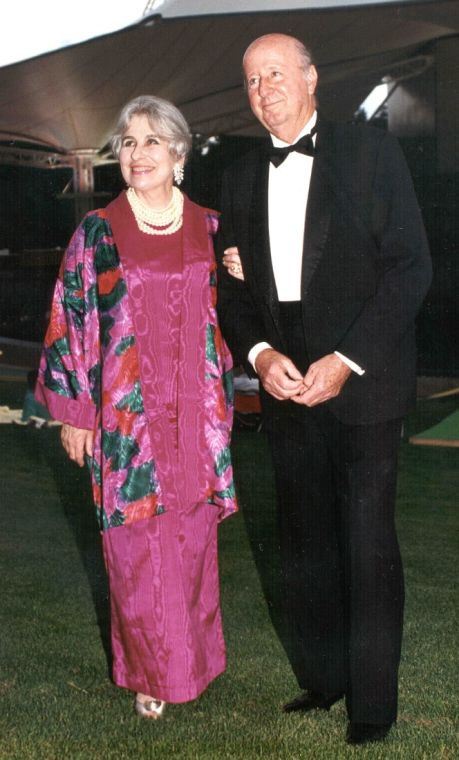
Mitchell's Tenacity led to US
Energy Boom
|
|
NEW YORK (AP) — The technological breakthrough pioneered by George P.
Mitchell, the billionaire Texas oilman and philanthropist who died
Friday at age 94, reversed the fortunes of the U.S. energy industry and
reshaped the global energy landscape. |
|
As Mitchell was doggedly pursuing the natural gas he and others knew was
trapped in thin layers of sedimentary rock under several U.S. states, it
appeared to most that the world was running out of oil and gas and what
was left was found mostly in the Middle East. |
|
U.S. natural gas production had peaked in 1972 and prices were rising to alarming new levels in the middle of the 2000s, raising heating and electricity bills and sending U.S. manufacturers of plastics, fertilizer and countless other natural gas-dependent goods overseas.
|
|
U.S. oil production, meanwhile, had peaked in 1970, and fell every year
but one between 1985 and 2008. |
|
But after 20 years of trying, Mitchell finally learned how to combine
horizontal drilling with hydraulic fracturing, a process together known
now generally as fracturing, to release natural gas at a rate fast
enough to turn a profit. But the practice has also sparked powerful
antagonism, especially in the Northeast, from residents and
environmentalists opposed to increased industrial activity in rural
areas and concerned that the c process or the wastewater it generates
can contaminate drinking water. |
|
By the mid-2000s, fracturing had spread across the industry and the country, and natural gas production in the U.S. began to soar in such places as Pennsylvania, Arkansas, Louisiana and Texas. In 2005, the U.S. produced 19 million cubic feet of gas, about the same amount produced in 1968. Last year, the U.S. produced 25 million cubic feet, a U.S. record and more gas than any other nation. And all this while drillers held back: They would have produced more if prices hadn't fallen to 20-year lows. |
The Courier
July 27, 2013
|
| Home | Top of Page | |
Vote Montgomery County TXGenWeb County of the Month
|
Montgomery County Texas Banner graphics were designed by and remain the property of Jean Huot Smoorenburg. If you are being charged to view/use any of this information or have questions or comments, please contact Jane Keppler. |
|
|
|
Copyright © 1997- present
- 2016 by
Jane Keppler.
This
information may be used by individuals for their own personal use,
libraries and genealogical societies. Commercial use of this information
is strictly prohibited without prior written
permission
from
Jane Keppler.
If material is copied, this copyright notice must appear with the
information and please email me and let me know.
Neither the Site Coordinators nor
the volunteers assume any responsibility for the information or material
given by the contributors or for errors of fact or judgment in material
that is published at this website. |
|
Page Modified: 18 October 2016 |
